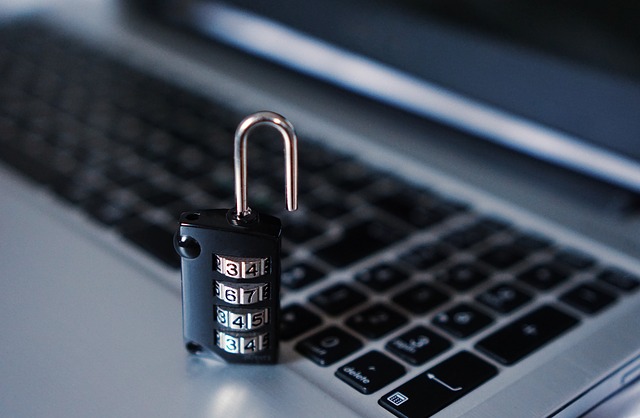You’ve installed some antivirus software on your computer, and changed your home network SSID and password. You even came up with a creative network name! You’re all set, right?
Wrong. Home network security is a bit more complicated than simply installing an antivirus program and changing your network ID and password. You need your own router or gateway, to start, you need to make sure it’s secure, and you need to turn up your security protocols as much as you can. Ignore basic home network security, and you could wind up very sorry when hackers steal your identity, watch you through your webcams, or worse.

1) Ditch the ISP-Owned Gateway
The first step towards a more secure network is to ditch your internet service provider’s (ISP’s) rental gateway. You’ll have much more control over your network, and get better network security features, if you buy your own router instead. Manufacturers are more inclined to release regular firmware updates for their third-party routers and gateways, whereas your ISP probably isn’t as worried about securing the gateways it rents to its customers.
You’ll save money in the long run, too, because gateway rental fees can add up to the cost of a new gateway long before it’s actually time to get a new gateway. And when it’s time to replace your gateway after three or four years, you’ll be able to choose for yourself the speed and processing power, security features, and other bells and whistles you want on your new one.
2) Change the Default Admin Credentials
Every router or gateway sold gets programmed with a default username and password that’s intended to allow users to login to the device’s admin dashboard for the first time. A lot of people don’t even know that their router or gateway has an admin dashboard, much less how to find the login for it and what to do once you’re in there.
But hackers do know that entire manufacturing lines of common routers and gateways are out there in homes across the country, directing web traffic for users who don’t know that their router or gateway operates with default login credentials that allow anyone to access the firmware and change the settings. And they know how to get their hands on those default credentials. It’s usually as easy as a google search.
3) Crank Up the Security Protocol
Wifi Protected Access (WPA) encrypts traffic on your network to keep it more secure. We’re up to WPA3 now, so your new router or gateway should allow you to turn up your WPA settings to at least WPA2. If it doesn’t go beyond WPA2, it’s outdated and should be replaced.
4) Turn Off Remote Access
Most gateways and routers offer remote access features designed to make it easy for users to connect new devices to their home networks, or to access their router’s firmware through any internet connection (rather than just the home network one). But these remote access features also make it easier for hackers to get into your network — many know how to exploit them to gain access to your router.
But if these capabilities are disabled in your router’s firmware settings, hackers can’t use them to get in. It’s less likely that hackers will access your router remotely than, say, target you with a phishing email or buy your banking login credentials on the dark web. But you can improve your device and home network security if you disable remote access, Universal Plug and Play (UPnP, and Wifi Protected Setup (WPS). If you need to use one of these features to connect a new device to your network, you can go into your router’s firmware settings and turn it back on, but you shouldn’t need to leave it on.
5) Update Your Firmware as Needed
Don’t be one of those people that keeps clicking “later” on your operating system updates. You should be more worried about hackers exploiting security flaws in your device’s firmware than of manufacturers using firmware updates to slow your aging device down — it’s not a thousand-dollar iPhone that you’d be understandably reluctant to replace quickly, but a hundred-dollar gateway that should be replaced every three to four years at minimum. Firmware updates will include security fixes and could include performance enhancements, too. Keep your devices updated to keep them safer from malware and hacking.
If you’re not worried about your home network security, you should be — at least enough to take protecting yourself seriously. With a secure gateway and the right home security solutions, you can protect your family from the nefarious side of the internet, and continue to do all the fun digital activities you’ve come to enjoy, without fear.